Flow Over a Heated Cylinder CFD Simulation | Analytical Solution Validation
Flow Over a Heated Cylinder CFD Simulation | Analytical Solution Validation
- Upon ordering this product, you will be provided with a geometry file, a mesh file, and an in-depth Training Video that offers a step-by-step training on the simulation process.
- For any more inquiries regarding the product, please do not hesitate to reach out to us at info@CFDLAND.com or through our online support assistant.
€195 Original price was: €195.€155Current price is: €155.
The flow analysis over a heated cylinder is an ideal beginning case study for novices learning ANSYS Fluent, as it combines fundamental fluid dynamics principles with actual engineering applications. This benchmark problem, which is especially relevant for automotive and industrial applications requiring exhaust systems, provides an excellent starting point for CFD validation studies. The configuration, which features external flow around a cylindrical heated surface, is similar to real-world scenarios such as exhaust pipes (see Fig.1), heat exchangers, and industrial cooling systems. Beginners can develop essential abilities in numerical modeling validation while gaining practical insights into thermal-fluid systems by comparing CFD simulation results with analytical solutions presented in Theodore L. Bergman’s widely referenced textbook “Fundamentals of Heat and Mass Transfer [1]”. We aim to validate the analytical solution considering Nusselt number & convection heat transfer coefficient. Note that, this is session 5 of ANSYS Fluent Course For Beginners.
- Reference [1]: Bergman, Theodore L. Fundamentals of heat and mass transfer. John Wiley & Sons, 2011.
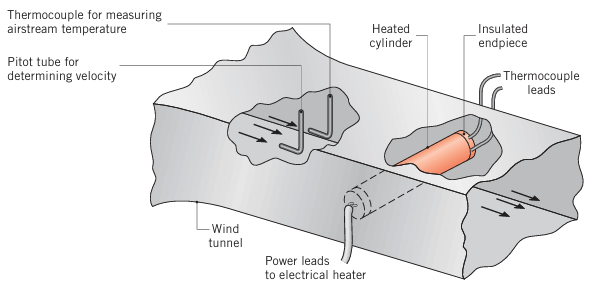
Figure 1: Practical application of Flow Over a Heated Cylinder CFD Simulation [1]
Simulation Process
As given in the problem description, the 3D heated cylinder is placed within an extensive wind tunnel. The model is initially created and then meshed regarding a high-quality fine structured grid, thanks to ANSYS Meshing (see Fig.3). All the boundaries are set regarding Figure 2. As we aimed, average nusselt number and convection heat transfer coefficient are our targets. They calculated based on different governing correlations.
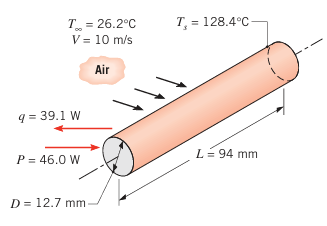
Figure 2: Schematic of Flow Over a Heated Cylinder CFD Simulation given in the textbook [1]
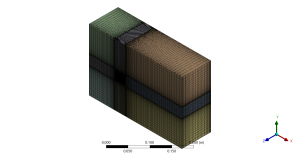
Figure 3: structured grid generated by ANSYS Meshing for Flow Over a Heated Cylinder CFD Simulation
Post-processing
The validation of our CFD simulation results against analytical solutions demonstrates excellent agreement. Using Newton’s law of cooling, the analytical heat transfer coefficient was calculated as follows:
![]()
For the analytical Nusselt number calculation, the Zukauskas correlation was employed:
![]()
where:
![]()
With C = 0.26 and m = 0.6, the analytical Nusselt number was determined to be 50.5, yielding a heat transfer coefficient of 105 W/m²·K. The CFD simulation results showed a heat transfer coefficient of 103.43 W/m²·K and a Nusselt number of 49.91, representing a deviation of only 1.4% from the analytical solution. This close agreement validates the accuracy of our numerical setup and confirms the reliability of the ANSYS Fluent model for predicting heat transfer characteristics in external flow over heated cylinders.
The stagnation point is clearly visible at the front face of the cylinder where the velocity approaches zero (blue region). In the wake region behind the cylinder, a distinct recirculation zone is observed, characterized by lower velocities (blue and green regions) and counter-rotating vortices. The acceleration of the flow around the cylinder’s sides is evidenced by the increased velocity magnitudes (red regions), where the local velocity exceeds the freestream value of 10 m/s due to the area constriction. This flow acceleration significantly influences the local heat transfer coefficients, particularly at the cylinder’s shoulders where maximum velocities occur. The wake structure extends approximately 3-4 cylinder diameters downstream, gradually recovering to freestream conditions (orange region), which is consistent with the expected behavior for a Reynolds number of 7992 in the subcritical flow regime.
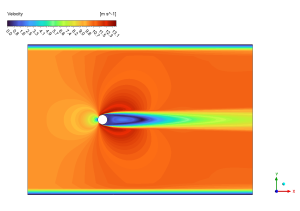
Figure 4: Velocity stream behind the heated cylinder
We pride ourselves on presenting unique products at CFDLAND. We stand out for our scientific rigor and validity. Our products are not based on guesswork or theoretical assumptions like many others. Instead, most of our products are validated using experimental or numerical data from valued scientific journals. Even if direct validation isn’t possible, we build our models and assumptions on the latest research, typically using reference articles to approximate reality.
Yes, we’ll be here . If you have trouble loading files, having technical problems, or have any questions about how to use our products, our technical support team is here to help.
You can load geometry and mesh files, as well as case and data files, using any version of ANSYS Fluent.
€160 Original price was: €160.€80Current price is: €80.

€190 Original price was: €190.€125Current price is: €125.

€245 Original price was: €245.€185Current price is: €185.

€185 Original price was: €185.€135Current price is: €135.

€120 Original price was: €120.€65Current price is: €65.

€280 Original price was: €280.€145Current price is: €145.


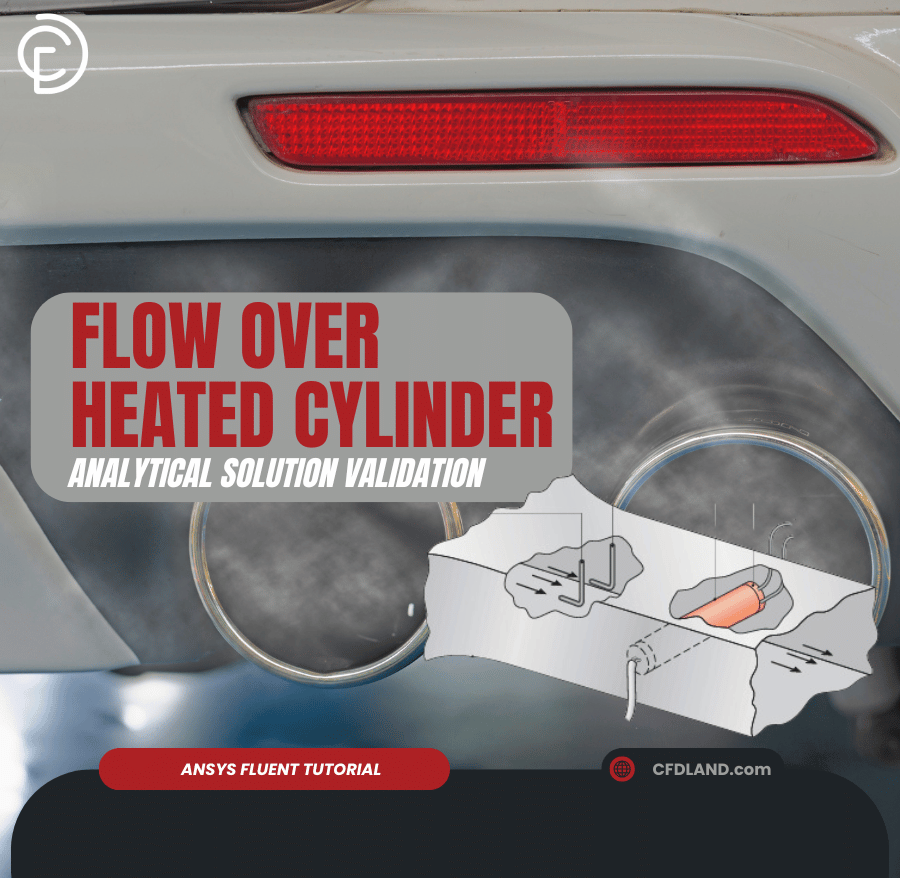
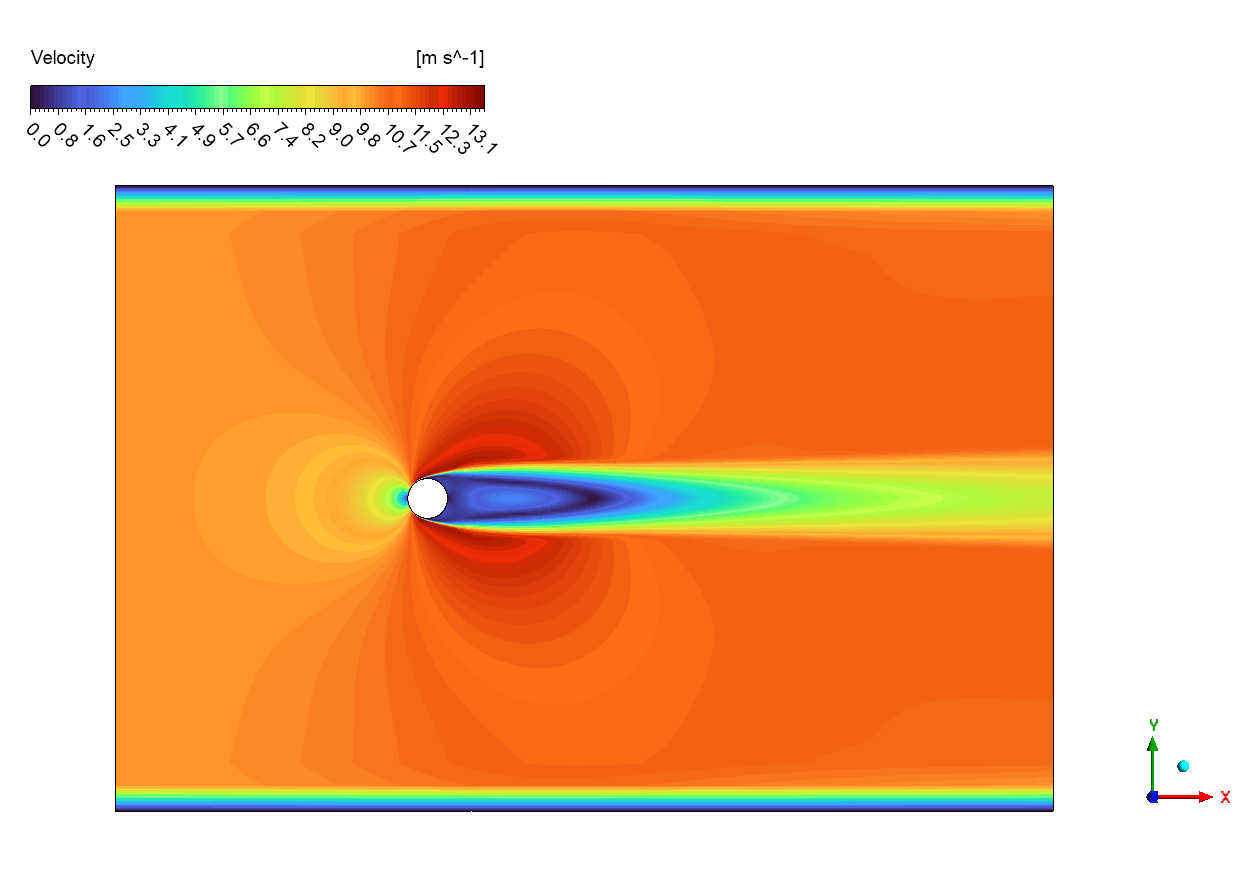
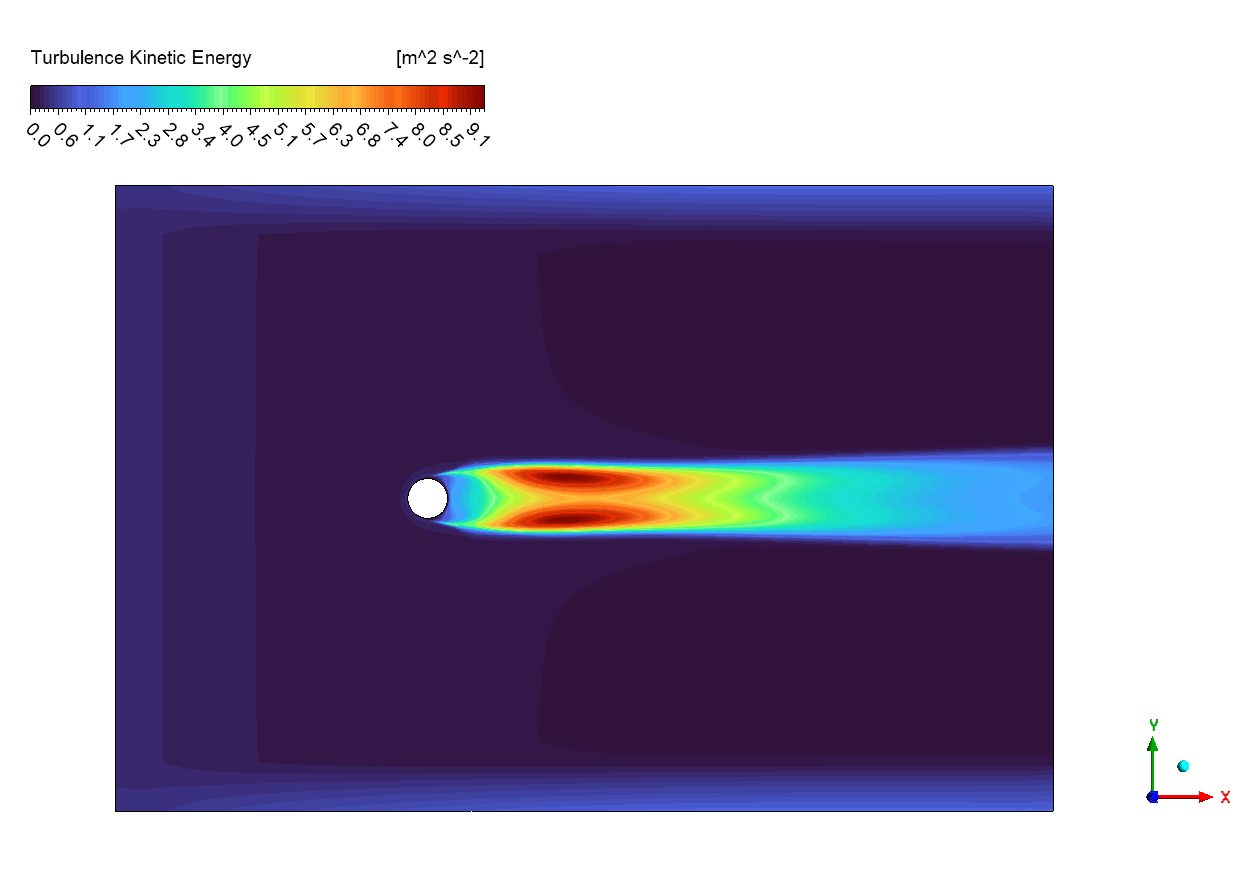
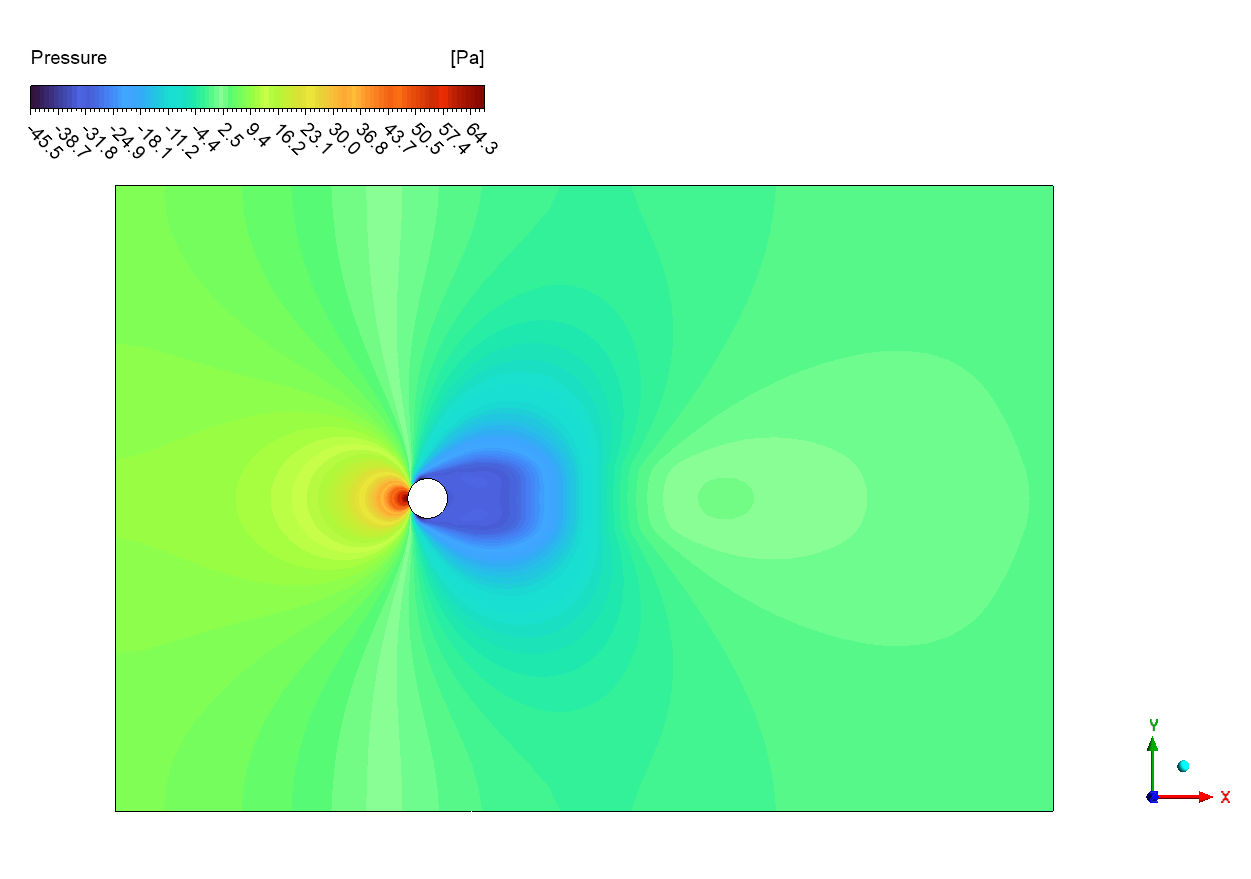
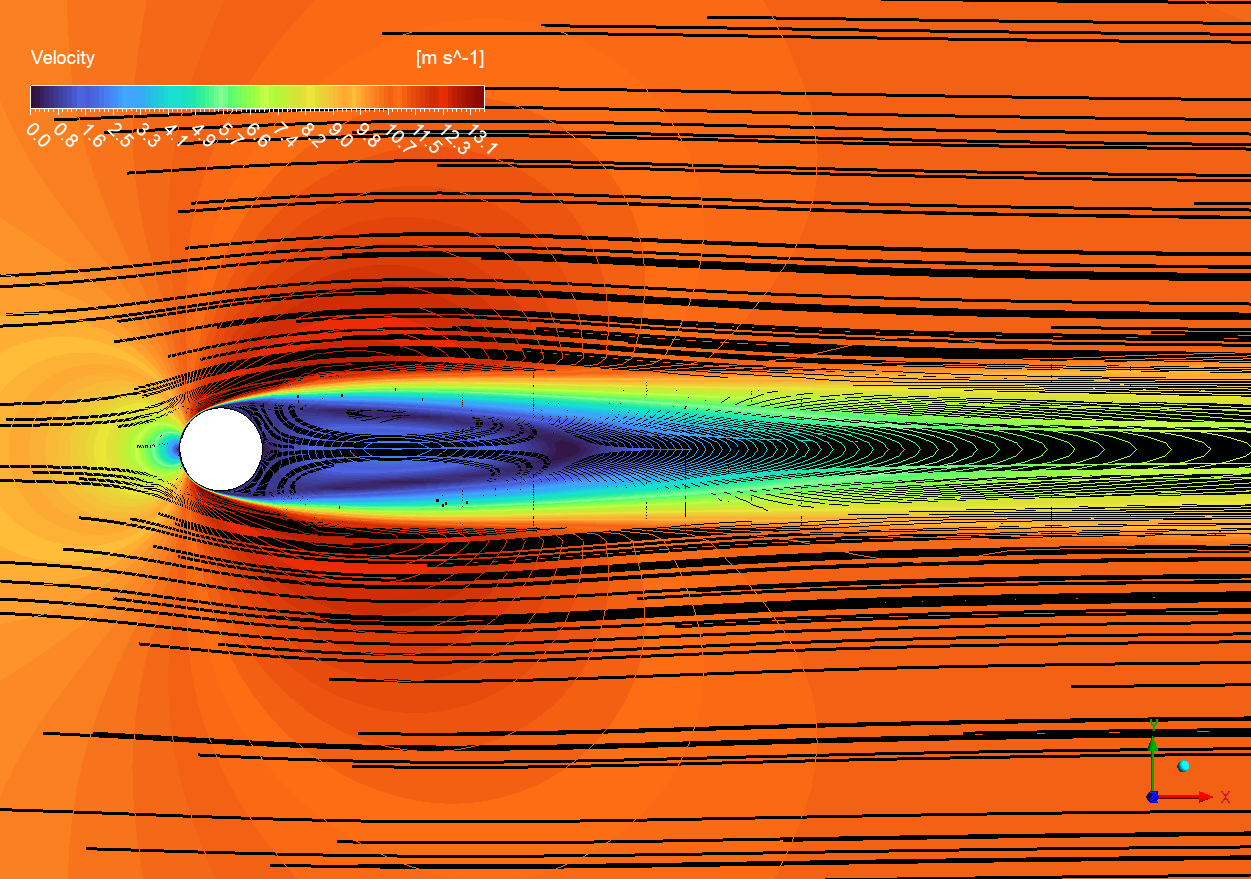
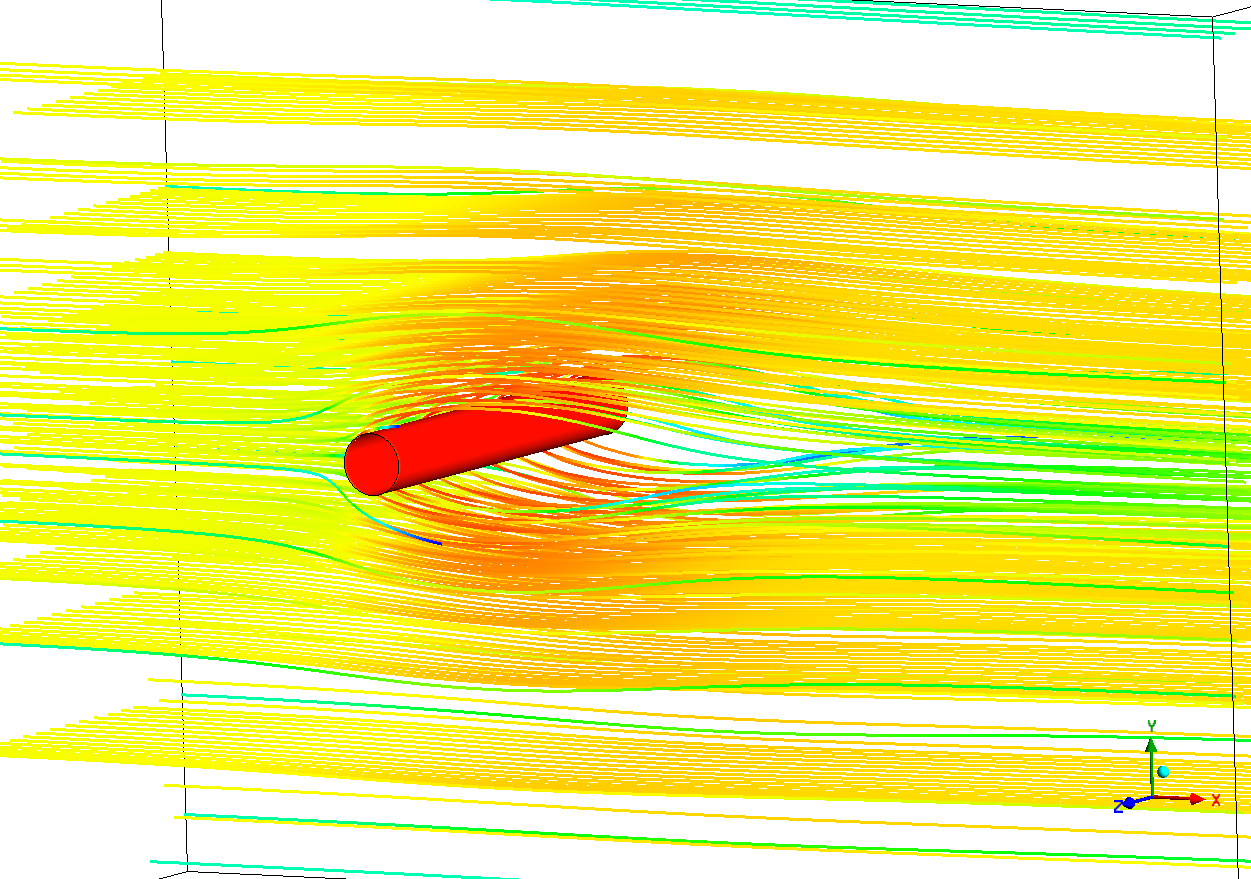
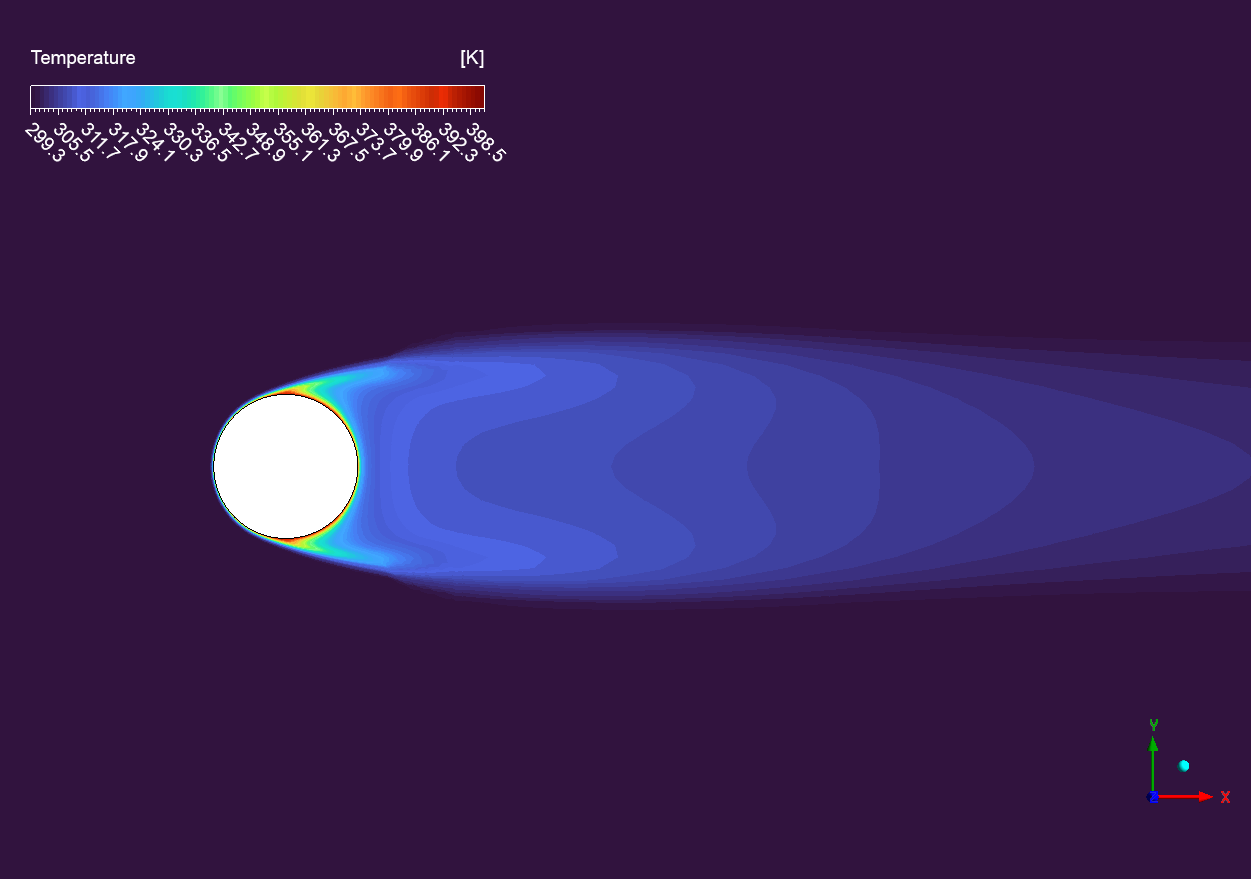





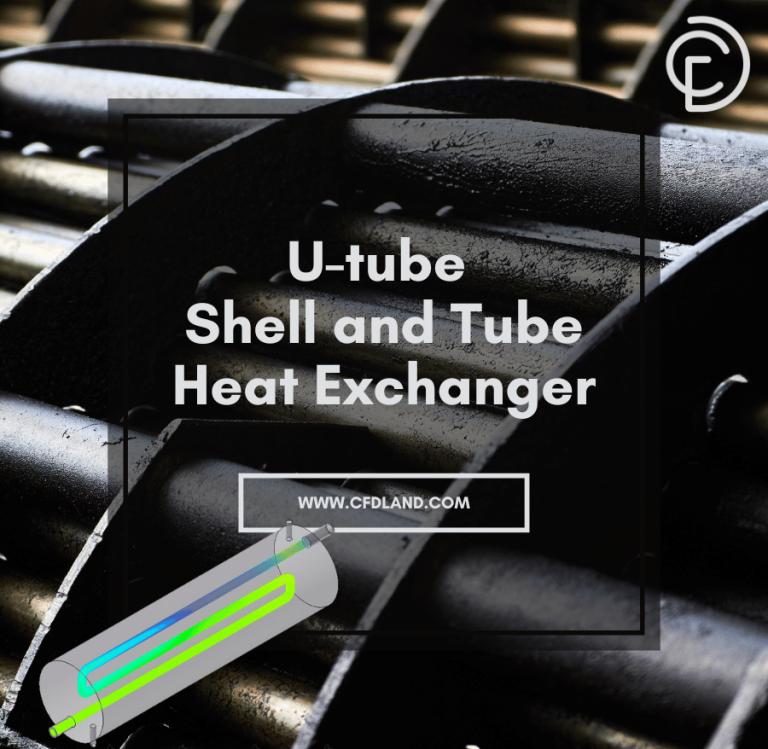


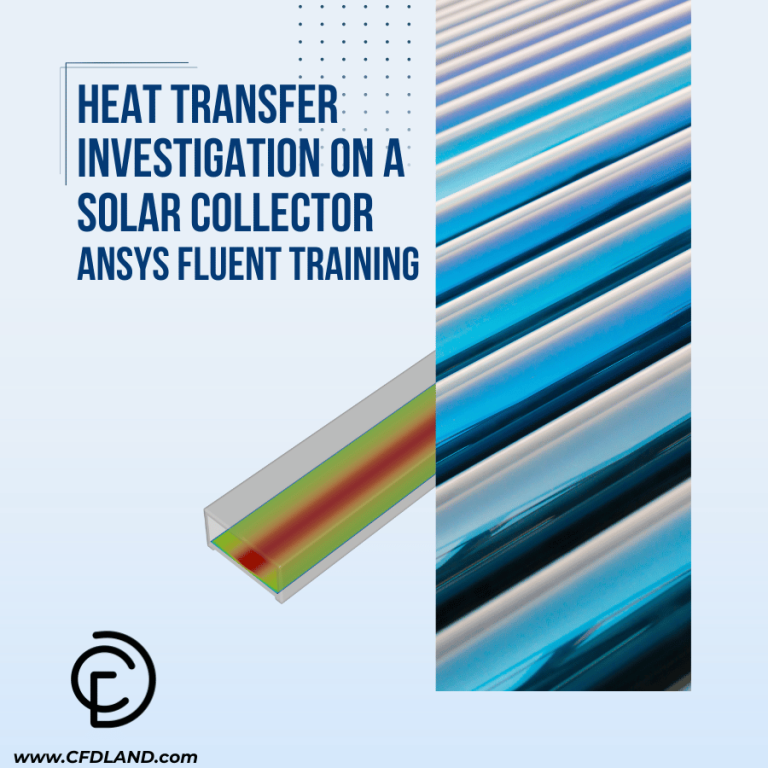

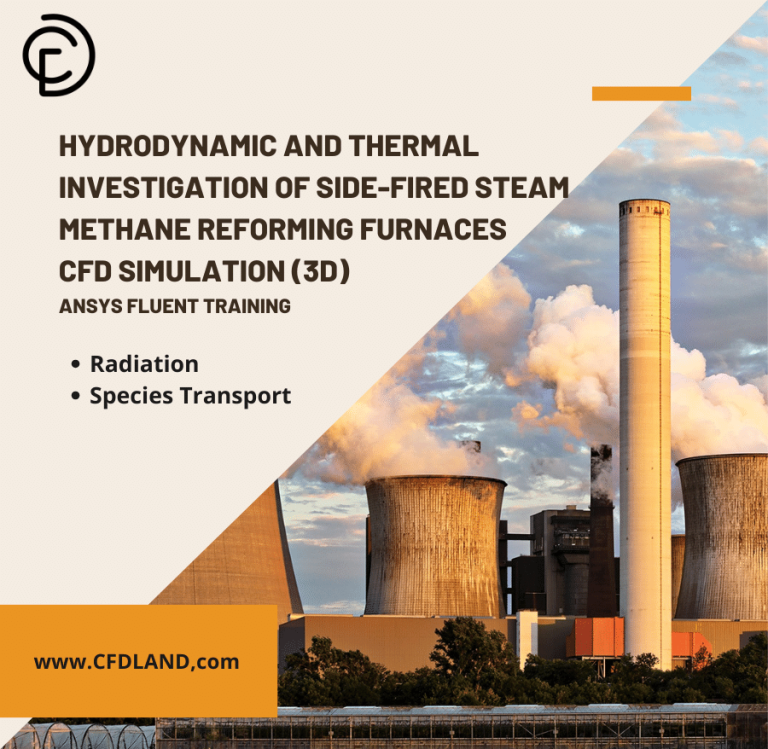
Reviews
There are no reviews yet.